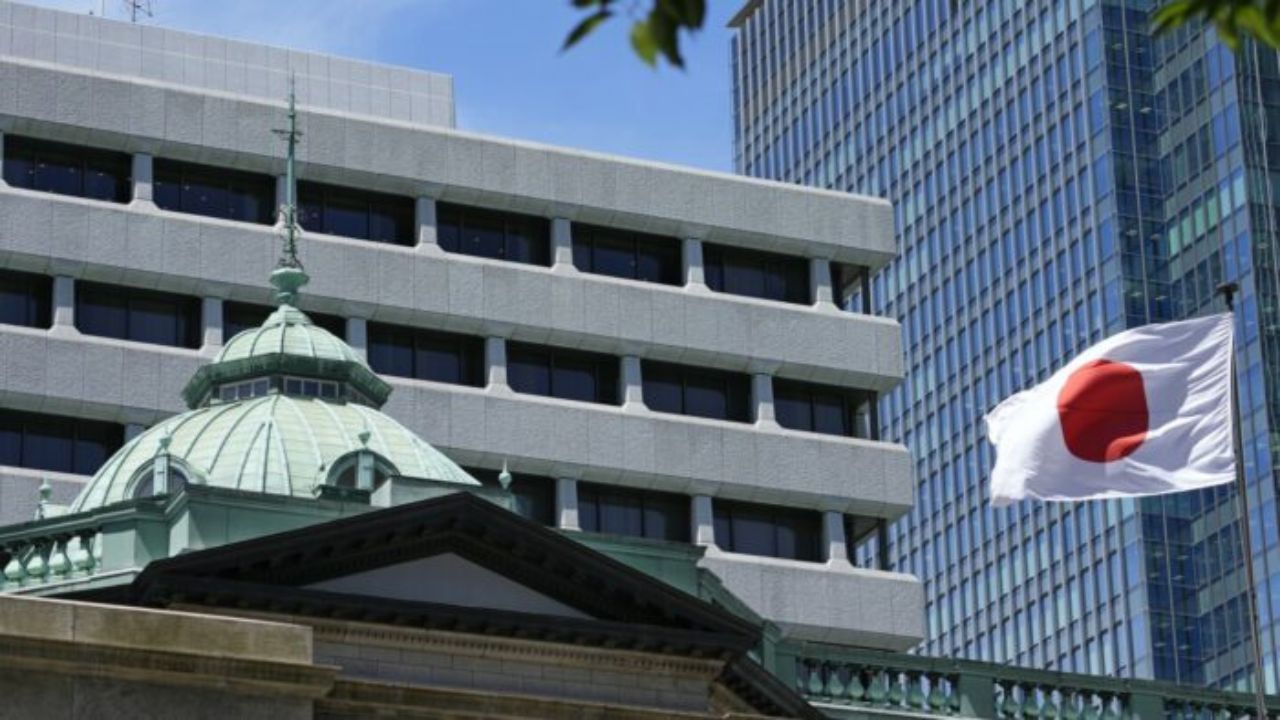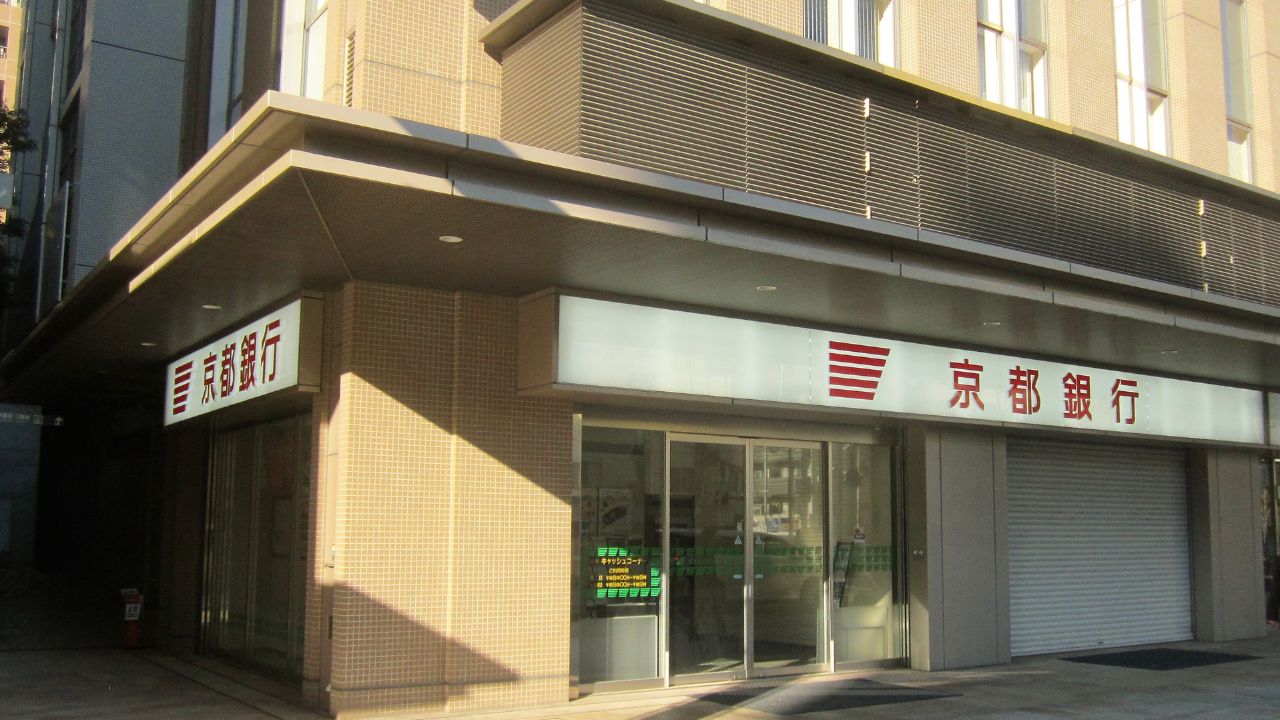In a historic move, the Bank of Japan (BOJ) has decided to scrap its negative rate policy, marking the first rate hike in 17 years.
This landmark decision reflects the BOJ’s confidence in Japan’s wage-price cycle, driven by robust pay increases and economic stability.
However, while the BOJ acknowledges the emergence of a healthy cycle, Governor Kazuo Ueda suggests that further rate hikes may not be imminent, emphasizing a cautious approach to monetary policy adjustments.
The negative rate policy, implemented in 2016 under former Governor Haruhiko Kuroda’s tenure, symbolized the BOJ’s ultraloose monetary stimulus.
With this policy now terminated, the BOJ aims to transition towards a more conventional monetary policy framework.

Alongside ending negative rates, the BOJ also plans to terminate its yield curve control program, signaling a shift towards a more normalized policy stance focused on short-term interest rates.
The Transition to Normalcy
While the termination of the negative rate policy represents a significant milestone, the BOJ remains committed to maintaining a dovish stance amidst evolving economic conditions.
Despite strong wage growth and inflation above the 2% target, the BOJ emphasizes the need for stable and sustainable price increases before considering further rate hikes.
Cautiousness is warranted due to potential economic challenges, including sluggish consumption and external factors like the U.S. Federal Reserve’s rate cuts.

Effective communication with the market will be crucial in this transition, as various factors continue to intersect and influence monetary policy decisions.
As Japan sets on this new phase of monetary policy, striking a balance between fostering economic growth and managing inflationary pressures will be paramount for the BOJ’s success in achieving its objectives.
